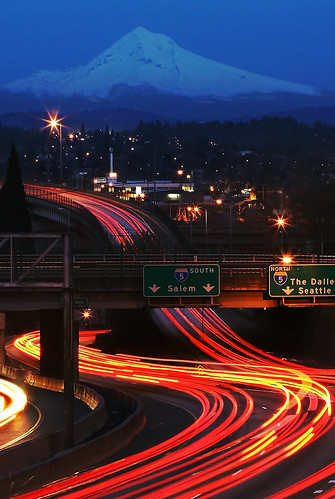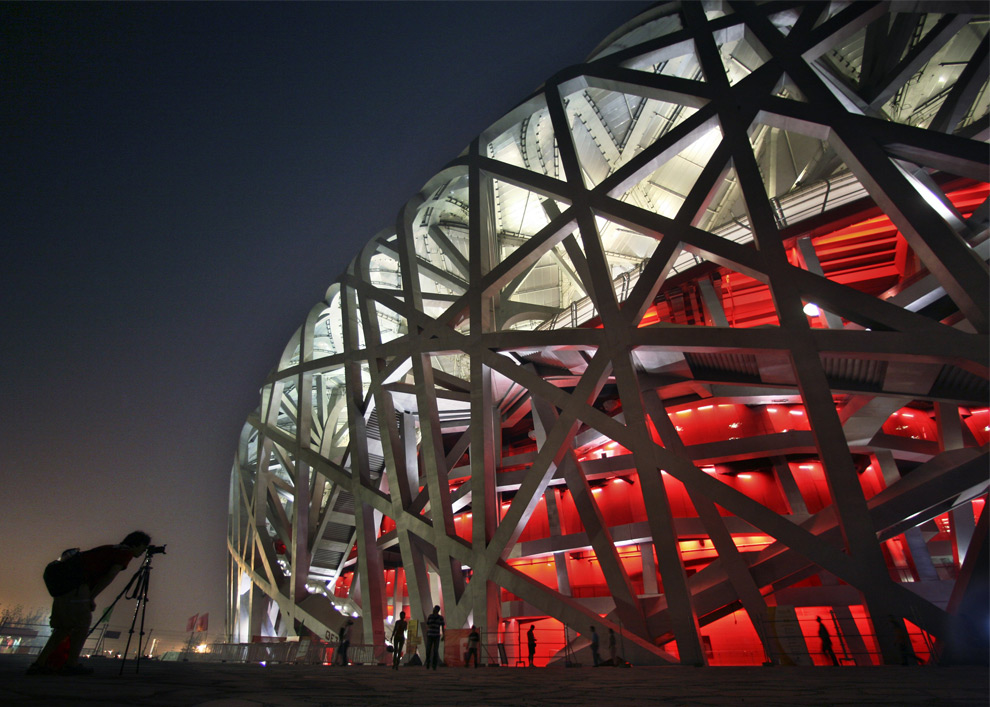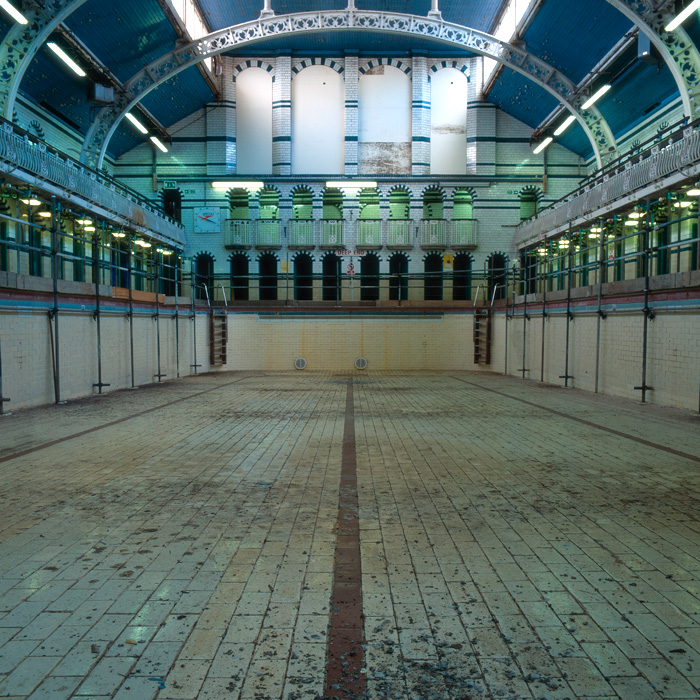
In case you haven't heard, tourists are ruining Machu Picchu. The famous Incan sanctuary left over from that civilization's headier days, is starting to show signs of wear and tear after a tenfold increase in tourist numbers since 1990. In case you're wondering, that adds up to almost a million visitors traipsing across the fragile site every year. Meanwhile, in San Antonio, 2.5 million visitors a year are beginning to cause problems for another famous ruin, the Alamo. Many wandering hands have grazed the walls, and the moisture and oil from this contact is beginning to wear the structure down.
I am utterly fascinated by the fact that so many of us find ruins so compelling that, in our desire to take part in them and their history, we willingly take part in their gradual destruction. I'll admit off the bat to being one of the dreaded "touchers" in art museums...I'll walk right up to a painting and brush my finger along a particularly juicy-looking brushstroke -- after scoping out the room to check for guards, of course. I know that this makes me a terrible, horrible, no-good very bad person, but I'm making the confession to say this: I don't have a thing for touching ruined buildings, but I get it.
Consciously, the desire to touch a building like the Alamo is most likely the result of something along the lines of "Maybe Davy Crockett touched this very wall." But subconsciously, I wonder if the need to touch a historic building, or a painting, or any kind of artwork, comes from that most famous aspect of human nature: the desire to leave our mark on the world. With signs around telling us not to touch or be careful near a crumbling building, our instincts kick in, and we perform an act of counter-creative graffiti in a tiny effort to take part in recreating the world for future generations. We are not fascinated with Davy Crockett's history as an isolated idea, but with being a part of the same history as this man.
Buildings are very solid, permanent things in our day-to-day experience of the world around us. It makes perfect sense, then, that on some level we look at ruins as artworks, once-lived-in sculptures. They provide us with an opportunity not just to connect with the past, but also take part in the imagined past of the future...if that makes any sense. Ruined buildings are not solid, permenant things, but continually-evolving pieces of collaborative art. They are living history. By touching a deteriorating wall, we become architects of destruction.
 (Photo from Flickr user liquidhotmagma.)
(Photo from Flickr user liquidhotmagma.)Links:
Machu Picchu site at risk (LA Times)Remember Not to Touch the Alamo (Architectural Record)




















